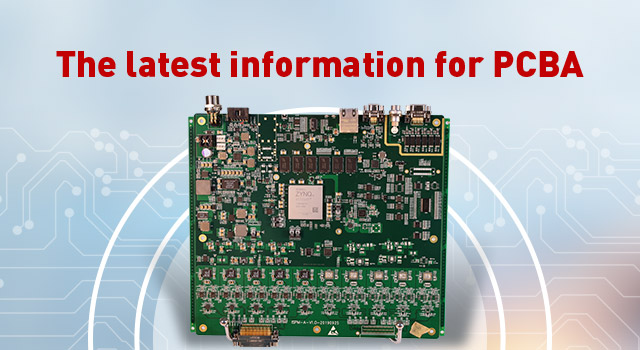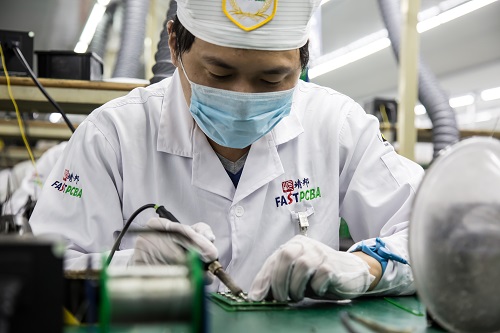
Six inspection methods for short circuit of PCB board
date:Apr 25,2019
Return listSix inspection methods for short circuit of PCB board
First, open the PCB design on the computer, light the short-circuited network, and see where the nearest place is, the easiest to connect. Pay special attention to the short circuit inside the IC.

Second, if it is manual welding, it is necessary to develop good habits:
1.Visually inspect the PCB board before soldering, and use a multimeter to check whether the keycircuit (especially the power supply and ground) is short-circuited;
2.Use a multimeter to measure whether the power supply and ground are short-circuited each time a chip is soldered.
3.Do not shakethe soldering iron when soldering, if the solder is thrownonto the soldering feet of the chip (especially surface mount components), it is not easy to findout.
Third, a short circuitphenomenonwas found. Take a board to cut the line (especially suitable for single/double board), after each line is cut, each part of the function block is energized separately and gradually eliminated.
Fourth, the use of short-circuit positioning analysis instrument.
Fifth,if there is a BGA chip, since all the solder joints are invisible by the chip cover, and it is a multi-layer board (more than 4 layers), it is better to separate the power of each chip at the time of design, using magnetic beads or 0 ohmsresistorto connectso that when the power supply is shorted to the ground, cut off the magnetic bead todetect and it is easy to locate a certain chip. Because the BGA is difficult to solder, if it is not the machine's automatic soldering, the adjacent power supply and ground solder balls will be short-circuited with a little care.
Sixth, small size surface mount capacitors must be careful when soldering, especially the power supply filter capacitor (103 or 104), the number is large, it is easy to cause the power supply and ground short circuit. Of course, sometimes the luck is not good, the capacitor itself is short-circuited, so the best way is to check the capacitance before soldering.

